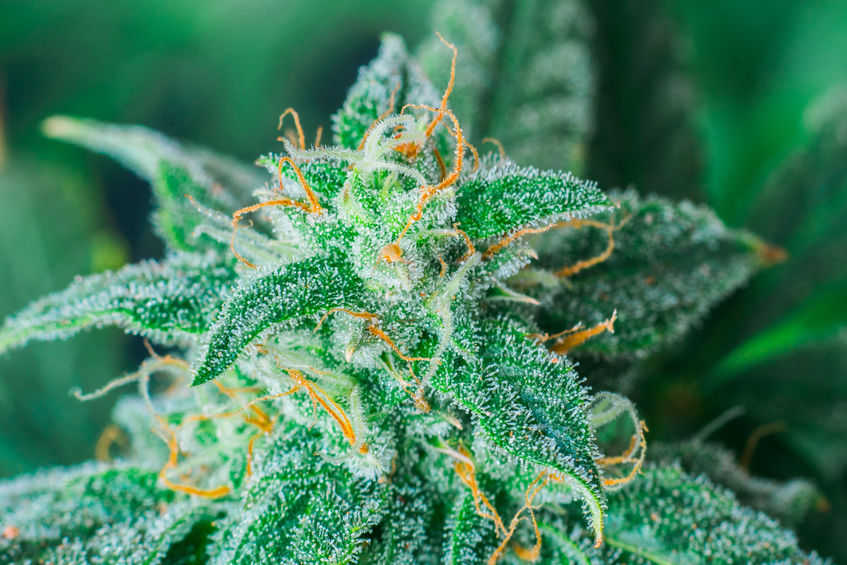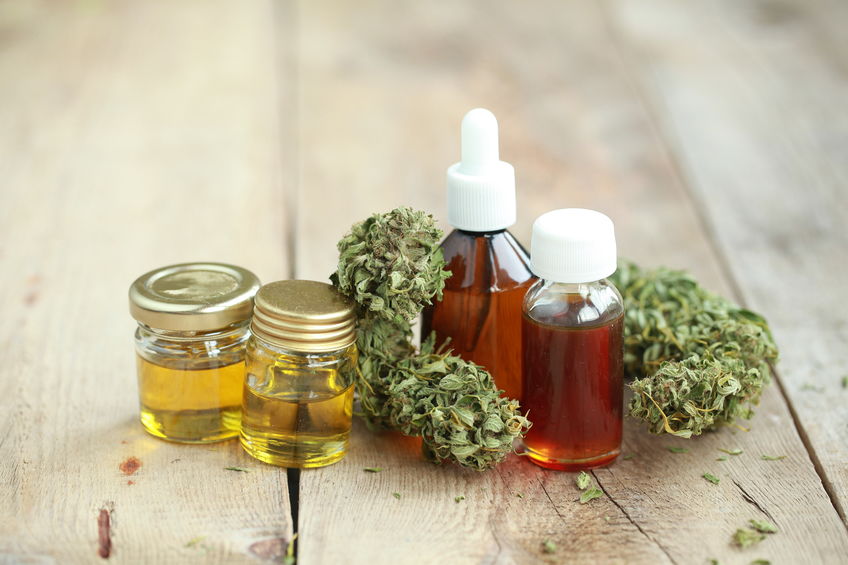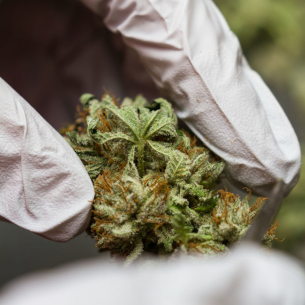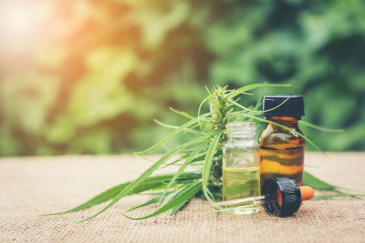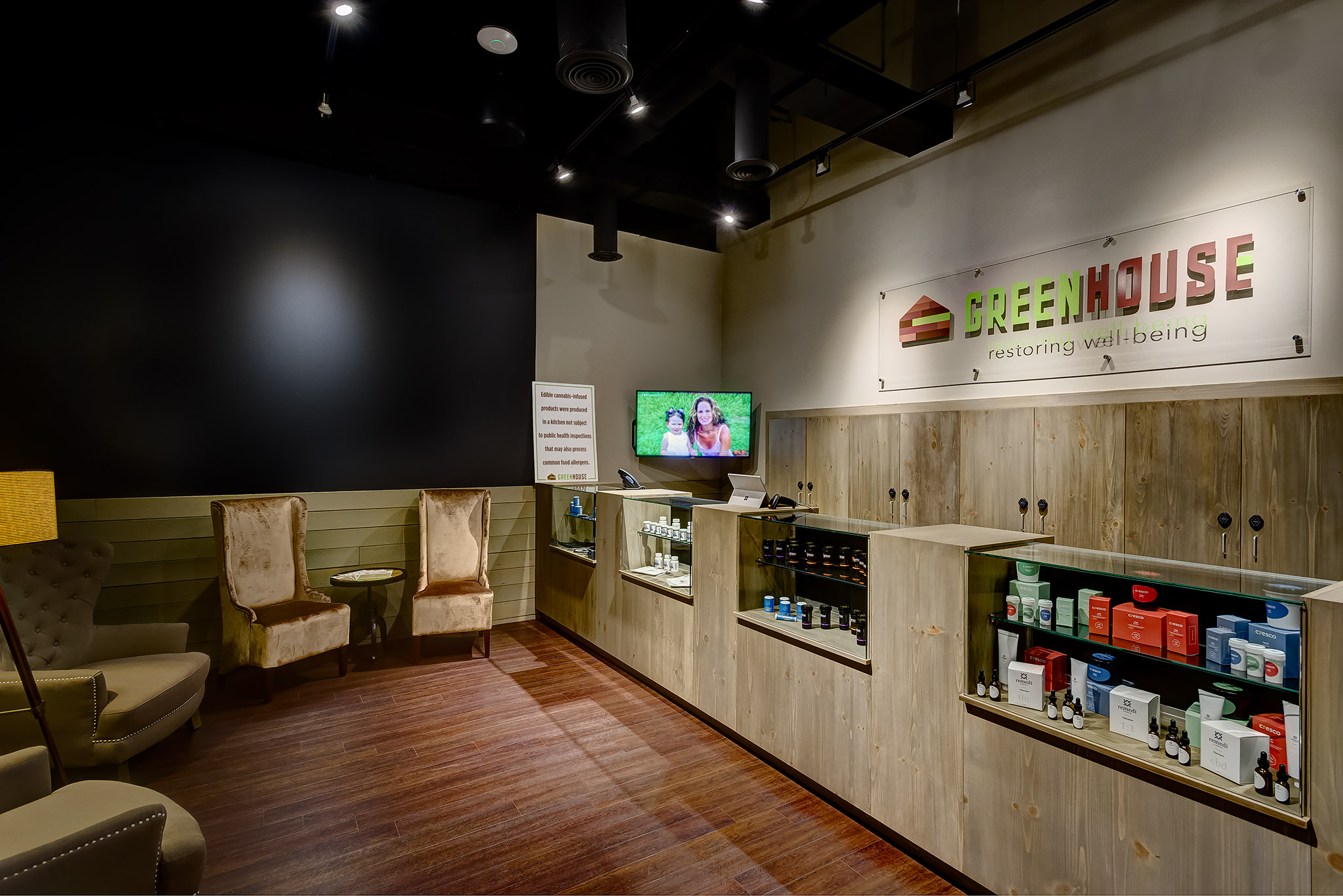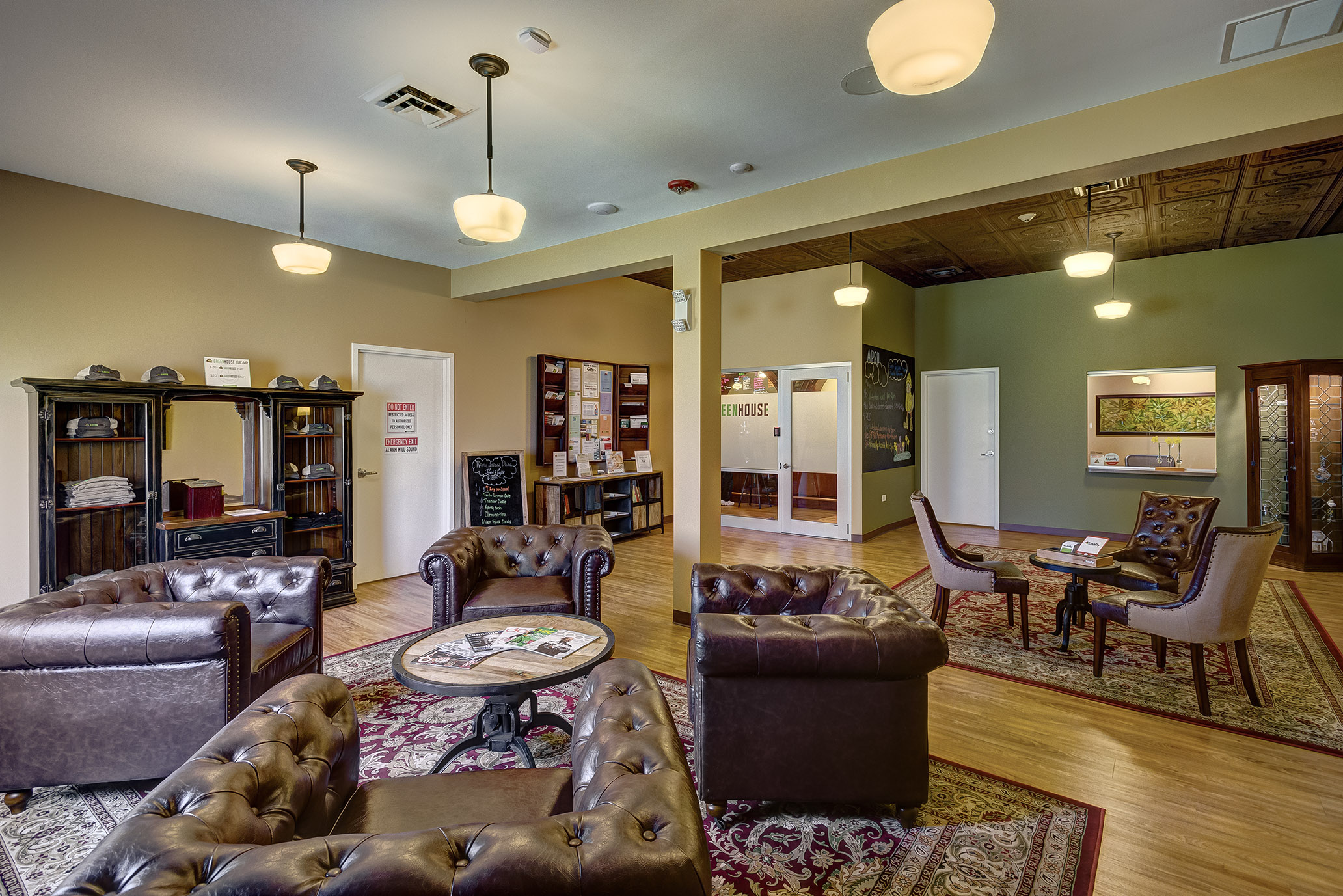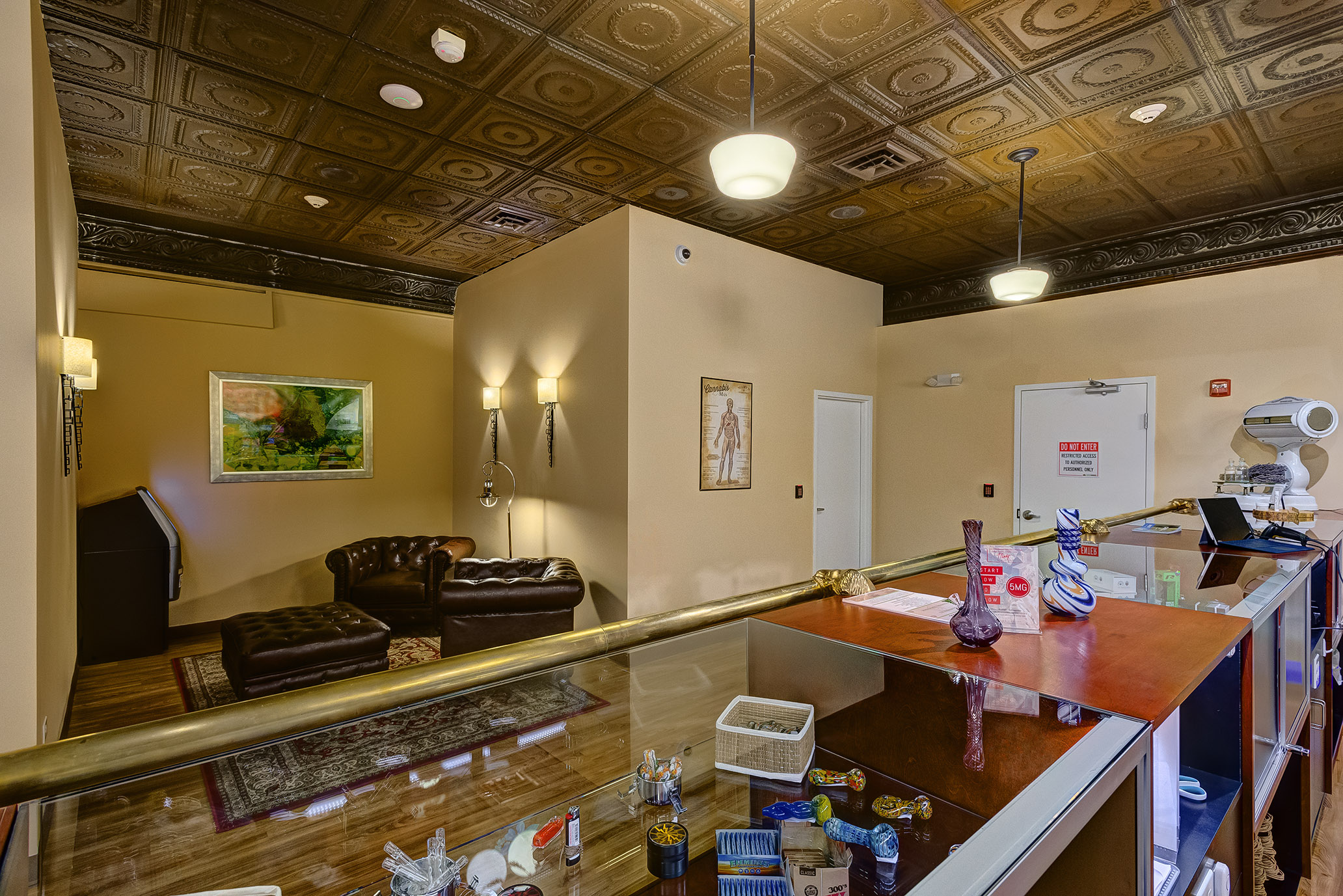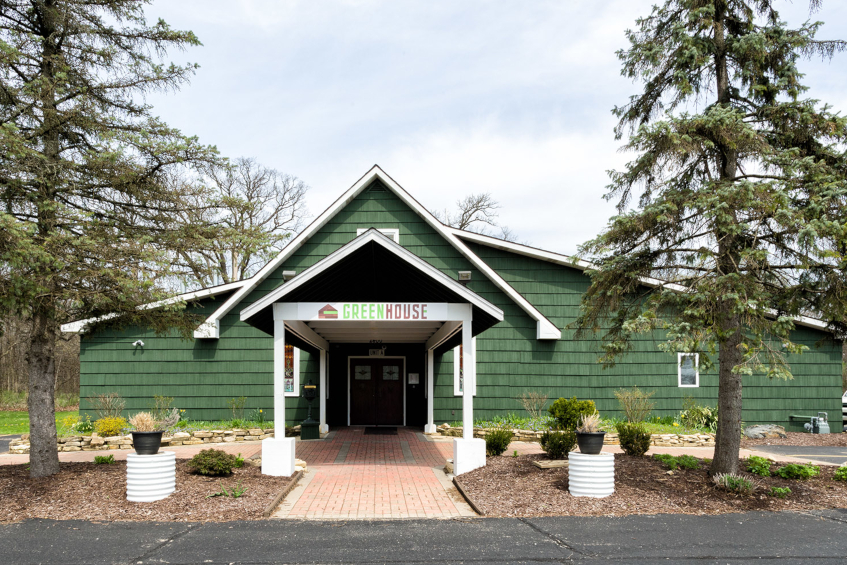Category: cultivation
What’s New for America’s Most Popular Cannabis States?
2019 has been the year of the cannabis plant in the United States. New states have joined the recreational cannabis club, young medical programs are exploding, mature ones are diversifying, and the Northeast is inching along. Here is the latest on the nation’s most popular cannabis states.
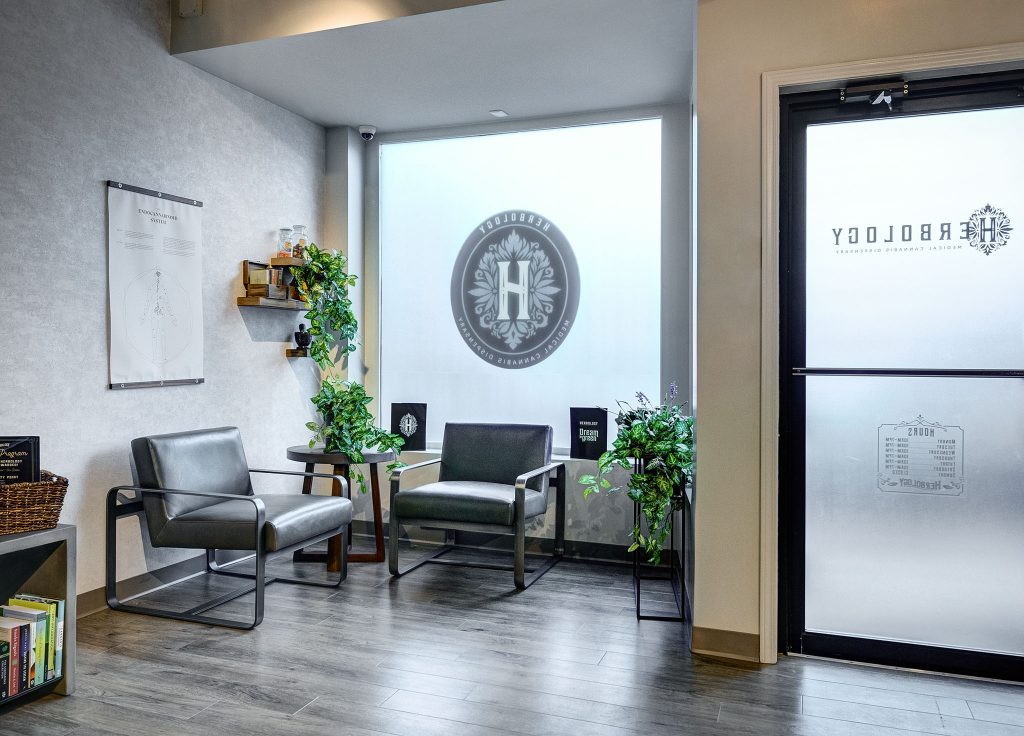
Colorado’s Cannabis Program Adds Versatility
Changes are coming to Colorado’s medical and recreational cannabis programs. House Bill 1230 will allow legal social consumption at businesses like dispensaries, restaurants, hotels, and music venues. Home-delivery of medical cannabis can begin in 2020, followed by recreational in 2021 thanks to the passage of House Bill 1234. In response to the state’s opioid epidemic, Governor Jared Polis signed the MMJ for Opioids Bill, which allows doctors to recommend medical cannabis as an alternative to opioid medications. The medical program also added autism to its list of qualifying conditions. Finally, House Bill 1090 opens Colorado’s cannabis industry to out-of-state investors and capital, including publicly held companies and large venture funds. Per Westword, “The bill would also permit investors to own smaller stakes (less than 10 percent) in a cannabis business.”
Illinois Hits a Snag
According to the Illinois Regulation and Tax Act, the state’s 55 existing medical dispensaries would have first dibs at applying for a recreational sales license at the same site, plus a second license for one at a different location. However, recently, The Illinois Department of Financial & Professional Regulation, the agency in charge of issuing those initial recreational-use licenses, announced a different interpretation: “…if a medical dispensary wishes to relocate for any reason — whether it’s for more space or if a home municipality bans recreational sales — it forfeits its right to also sell recreational marijuana,” per the Chicago Tribune.
This has created chaos for companies like Green Thumb Industries (GTI), which was awarded a retail license by the state in its Naperville location before the city council opted out of the program. “Naperville’s 6-3 vote on Tuesday, September 3 (2019) marks one of the first major roadblocks for Illinois’ marijuana industry as it prepares for recreational sales next year,” the Chicago Tribune added. “Whether GTI, or any other company, can open a store for recreational marijuana, could be reconsidered by the council after a potential non-binding voter referendum.”
Other municipalities in Chicagoland to ban recreational stores include Bolingbrook and Wheaton.
Oklahoma Medical Cannabis is Soaring
Previously, we wrote about the launch of Oklahoma’s medical program, and nothing is halting its trajectory toward a projected value of $250 million per year by 2025.
As of August, 2019, there are 162,273 registered medical cardholders, a number that’s been growing by up to 10,000 per month for the last year. To put those numbers in perspective, that’s 4 percent of the state’s total population.
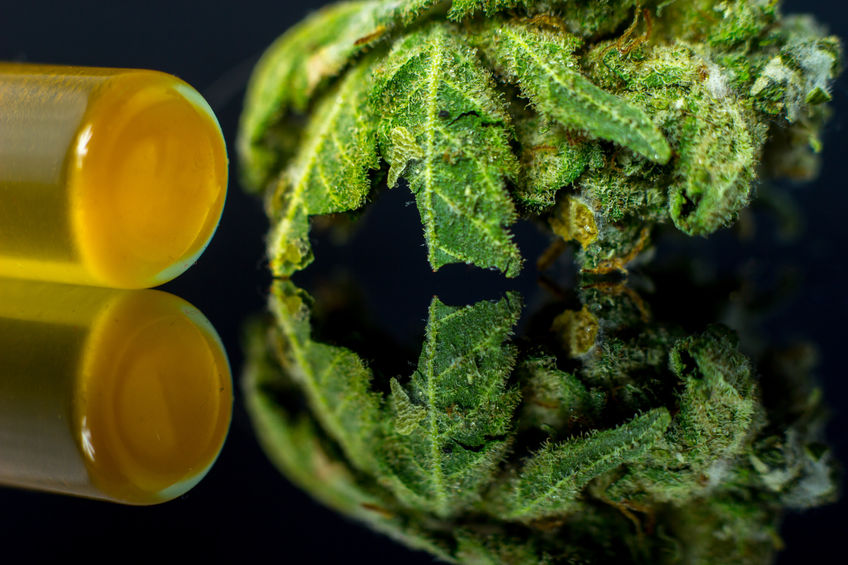
There’s a pretty easy explanation for this success: patients don’t have to meet qualifying conditions, and instead only need a referral from a physician. There are also no caps on dispensary licenses, which is why the current number is over 1,700. Additionally, the barrier to entry is low. According to the Arkansas Times, “The license to grow on a commercial scale or open a dispensary in Oklahoma is a flat $2,500 and a fare thee well, open to any Oklahoma resident who hasn’t had a felony in the past five years. Their law allows cardholders to possess up to a half pound of marijuana, and grow up to six plants at a time. Their law also made possession of up to 1.5 ounces by non-cardholders a misdemeanor punishable by a maximum $400 fine.”
Additionally, High Times Magazine put Oklahoma’s cannabis culture on the map when it held its renown Cannabis Cups in Oklahoma City in August.
Massachusetts Social Equity
As more recreational cannabis businesses come online in Massachusetts, the push for social equity is taking center stage. Real Action for Cannabis Equity (RACE) started in Boston in September, 2019 to address the dearth of minority-owned operators. Per Marijuana Business Daily, “Organizers say they’re frustrated that all but two of Massachusetts’ 184 marijuana business licenses were issued to white operators…black entrepreneurs in Massachusetts who say people of color are being shut out of the lucrative marijuana industry are joining forces to close the gap.”
New York Decriminalizes Cannabis
Though New York state failed to pass recreational cannabis during the 2019 legislative session, a last-minute compromise was reached on decriminalization. According to The New York Times,”Under the new law, possessing between one and two ounces of marijuana will no longer be considered a Class B misdemeanor. It will now be a violation, with fines up to $200. Those found with less than an ounce of marijuana will now face a $50 fine, compared with $150 previously.” In addition approximately 160,000 people will have cannabis convictions expunged from their records.
New Jersey Still has a Chance to Pass Recreational Cannabis
The Garden State saga to legalize recreational cannabis is back on. The state Legislature came up short on votes to pass a new law earlier in 2019, but the law-making body isn’t giving up, envisioning two scenarios:
- Holding another vote for the bill during the lame duck session at the end of 2019 or the first half of 2020
- Putting it on the ballot for the November, 2020 election
Governor Phil Murphy has voiced his preference of passing recreational cannabis through the Legislature versus relying on the ballot box. According to NJ.com, “Such a move would allow leaders to more easily mold and regulate the new marijuana industry. And waiting until next year’s elections means you likely won’t be able to consume weed legally in New Jersey until early 2021, at the earliest.”
How Much Does It Cost To Start A Dispensary & Craft Grow
Cannabis Legalization News – Thomas Howard Podcast Featuring Andy Poticha
Tom Howard: It’s clearly 2:00 p.m. on a Wednesday, and so it’s cannabis legalization news time. We’ve had a huge week in cannabis legalization news. Illinois became … hey Miggy … what number is it?
Miggy: 11!
Tom Howard: 11. The big number 11, and we also have a guest joining us. It’s Andy Poticha. Say hi, Andy.
Andy Poticha: Hello.
Tom Howard: Awesome. Well, we’re going to round up the news, and then Andy is going to discuss with us his unique knowledge about something that’s so hot right now. The cost of getting into a cannabis cultivation facility in Illinois. They’re called, The Craft Grows or a dispensary, but first, I think the biggest news of the week was of course that JB Pritzker signed it into law. Now, it’s number 11, but there’s been a lot of other really cool federal news, and Miggy have you heard anything on the west coast? Is there anything that you’re working on for weednews.co.
Miggy: No. Not me, per se. I mean state-by-state has been great also with New York and Texas and Ohio, but those are all more medical and one is decriminalization. The Banking Act.
Tom Howard: The Banking Act. I’m actually going to present to everybody, that’s another thing. So FinCEN did just release, and says that FinCEN publishes these on a quarterly basis, but of course it takes them a little bit of time to get the actual date. This came out this past week, and it’s current as of April 1. When the quarter ends here in about a week for June, these numbers will be updated and then FinCEN will publish that in another couple of months.
Tom Howard: But you can see the sharp uptick right there. Q3 2018. Basically JB Pritzker won, and then maybe this was also some New York thing. They don’t really publish those, but this is the number of banking institutions that are lending to marijuana. Interestingly enough, the thing that you see when you are lending to marijuana a lot, and hopefully my screen was on there, is –
Miggy: Hey, Tom.
Tom Howard: They file nondisclosure agreements and all that other stuff to kind of keep it secret, but this uptick, and a fairly large uptick according to the number of banks that are actually banking cannabis, somewhat corresponds to the stuff that’s been coming out of Congress. This is a really fresh news. This is from the Marijuana Moment, just from like a half hour ago.
Miggy: Oh nice.
Tom Howard: Right. And if you’re not familiar with what’s going on in the federal level, especially when it comes to banking and cannabis, it has to do with two things. One is the defunding of the war against marijuana for everything, not just medical, but state law marijuana. Second is the continuing pushing of the Safe Banking Act, placing it into the funding bills itself. As we get up the fiscal cliff, the fiscal cliff happens every year September 30 because that’s when the federal budget actually ends. The budget that will be passed that will continue to fund, that’s how hemp was legalized. That’s how the first war on marijuana was defunded back in 2014, through Rohrabacher-Farr Amendment just for the medical. It looks like the budget for 2020, plus Illinois going open for business, will really signal it’s time to go. It’s time to lend to cannabis businesses, and I would not be surprised if New York next year legalizes it. I think 2020’s going to be the biggest year for cannabis legalization ever. What about you, Miggy?
Miggy: No, I totally agree, especially since the House agrees to protect the legal states. That’s a huge step towards legalization, like you said. Just like jury nullification but in a financial way of how to attack prohibition.
Tom Howard: There’s jury nullification. That’s great, but you’re already being prosecuted. You’re on trial. Imagine if you could just stand up during a trial and be like, “Excuse me, Your Honor. There’s no money for this trial.”
Miggy: Yeah, yeah. That’s for sure. Defunding the war on drugs. I think that’s the best way to put it. FYI, when you had the chart on the screen, on YouTube, I was a predominant screen.
Tom Howard: That gets back to, I really need, and if anybody’s out there that is majoring in YouTube, and also social media SEO and has a paralegal degree, I will hire you because I am doing this all myself. And it’s sad. Somebody could be managing this, and then I could get back to work for the clients, which are just blowing up my phones. It’s going great, but that’s one of the reasons why we brought our guest on. He has actually designed and built cannabis facilities in Illinois. Andy.
Andy Poticha: Yes?
Tom Howard: How many of these facilities have you built?
Andy Poticha: In Illinois, we have completed four dispensaries and one cultivation, and are working on one cultivation and another dispensary at this point. That’s just in Illinois. We’ve been doing work in other states outside of Illinois as well. We’re working on our 8th state, actually.
Continue reading “How Much Does It Cost To Start A Dispensary & Craft Grow”
Oklahoma is Good for Cannabis Business
The green rush is on in the Sooner State.
Oklahoma–renowned for its once harsh possession penalties–is now a land of opportunity for medical cannabis businesses. Among the nation’s most progressive medical cannabis programs, Oklahoma has hit the ground running in only six months and is light years ahead of other states delayed by stagnating legislation.
____________________________
One of Oklahoma’s greatest differentiators is its reciprocity program that allows patients with out-of-state medical cannabis cards to qualify for renewable, temporary licenses.
____________________________
Opportunities Abound
The Oklahoma medical cannabis market could realize $250 million in annual sales in its first few years. According to the Oklahoma Medical Marijuana Authority, more than 2,200 business licenses had been issued, with an approved patient pool of more than 24,000 as of December, 2018. This speed-to-market is attributed to the fact that SQ 788 bypassed a special legislative session likely to have imposed restrictions, but instead prioritized patient-needs to get immediate access to cannabis treatments. The result is that there is no limit on business licenses, and doctors are free to recommend medical cannabis to patients for any condition they deem appropriate. In addition, the program is all-encompassing, prohibiting municipalities, cities, or counties from opting out.
High Retail & Wholesale Prices
Though there’s no cap on business licenses, supply is tight and product demand high, which is good news for dispensaries. Patients are lining up en masse for the state’s program, creating premium value for inventory. An ounce of cannabis flower, for example, averages $400, double the cost of Arizona’s medical cannabis market. Cultivation is prospering as well, with wholesale prices averaging between $3,500 – $4,500 per pound–at least twice that of competing markets.
Reciprocity Program
One of Oklahoma’s greatest differentiators is its reciprocity program that allows patients with out-of-state medical cannabis cards to qualify for renewable, temporary licenses. They cost $100, are valid for 30 days, and permit patients to purchase, use, and even grow cannabis in Oklahoma. This provision is especially enticing for Arkansan customers as a stopgap while that program ramps up.
What’s Next?
Some industry insiders caution that the possibility of over-cultivation and low prices will drive down retail and wholesale prices as it’s happened in other markets. Still, with so much success in its nascent stage and the evolution of regulations, Oklahoma may find a way to stabilize supply, increase demand, and sustain momentum.
The Advantages of Integrating Processing into Your Cannabusiness
Processing or cannabis extraction is emerging as a promising growth area for cannabis businesses, opening opportunities for vertical integration. Scientific and technological innovation are taking extraction to new heights, converting the raw material of cannabis into a cornucopia of usable forms. Christian Sweeney, Director of Science and Technology at Cannabistry Labs, which develops top-of-the-line extraction methods, identifies processing as one of the four pillars–along with cultivation, analytics and biochemistry–for developing the optimal cannabis process. It’s only natural that integrating processing into your cannabusiness has many advantages, including the following:
Self-Sufficiency
Vertical integration creates self-sufficiency for cannabis businesses and can help reduce costs. Businesses that grow, process, and sell their product may reduce their dependence on suppliers or other third parties. Colorado Springs-based Strawberry Fields, for example, makes its own products, including vape pens, edibles, and lotions. They are initially contracting with a processor until they obtain the proper equipment, which can change as they incorporate distillation into their services. Strawberry Fields budgets around $3 million annually for processing fees but will spend $200,000 on equipment to bring the function in-house.
“A well-designed cannabis process goes far beyond just extraction, overlapping heavily with cultivation on the front-end and product development on the back-end.”
Diverse Retail Opportunities
Cannabis products processed and sold onsite have the potential to become a game-changer for the industry. Similar to the farm-to-table restaurant concept, some dispensaries have added kitchens staffed with culinary personnel and food scientists, who are extracting compounds and producing edibles, oils, waxes, shatters, and more. The Mint Dispensary in Tempe, Arizona launched the country’s first full-service cannabis kitchen in October, serving the medical cannabis community. Acres Cannabis recreational dispensary in Las Vegas takes it a step further, featuring a 2,000 square foot open-view kitchen that houses its edible production and cannabis extraction operations. Customers observe the process of removing cannabinoids and terpenes from flower to create cannabis oil, and can buy the product off the shelf.
Better Quality Control
Integrating processing and cultivation at the same site can open the door for better quality control. Well-engineered facilities monitor each piece of equipment and instruments through a Building Automation System or a Direct Digital Controller. These systems provide alerts when a room or piece of equipment is not operating within the programmed specifications or range of tolerance. If both functions are located in one space, the Director of Facilities can supervise operations more efficiently.
The Bottom Line
Cannabis businesses have to keep track of many moving pieces in the name of compliance, growth, and sustainability. Integrating processing into your cannabis business can help you stay ahead, and as Sweeney notes, “A well-designed cannabis process goes far beyond just extraction, overlapping heavily with cultivation on the front-end and product development on the back-end.”
Green Wave: Cannabis is Midterm Elections Winner
While Democrats won back the House of Representatives and Republicans retained control of the Senate, there was a third winner that emerged from the midterm elections: cannabis. Four states voted on legalization and medical marijuana, and cannabis appeared on ballots in 22 cities and counties. Here are the results:
Michigan
Voters approved Proposal 1 by 56 – 44 percent to legalize, regulate, and tax cannabis for adult use. Michigan is now the 10th state to legalize cannabis for adults 21 and over, and it is the ninth state to establish a system for regulating commercial cultivation and sales for adult use. The new law, expected to be enacted this month, permits adults to possess, grow, and use small amounts of cannabis. Over the course of the next year, licensed businesses will be allowed to cultivate, process, and sell cannabis to consumers.
Missouri
Amendment 2 passed by a margin of 66 – 34 percent, making Missouri the 31st state to legalize medical cannabis. The new law allows physicians to approve patients to receive ID cards from the state, permitting them and their registered caregivers to grow up to six marijuana plants and purchase at least four ounces of cannabis from dispensaries on a monthly basis. Qualified patients and caregivers will have to until late 2019 or early 2020 before they can enter a dispensary and buy medical cannabis.
Two other measures failed: Amendment 3, which would have authorized doctors to recommend medical marijuana for a specific list of conditions, and would not have allowed home cultivation. Proposition C did not pass and would have taxed medical cannabis sales at two percent and allow recommendations for a specific list of conditions.
Utah
Proposition 2 passed by a margin of 53 – 47 percent and will go into effect on December 1, making Utah the 32nd state (after Missouri) to legalize cannabis for medicinal use. In its current form, the ballot measure allows qualified patients to purchase two ounces of medical cannabis or products containing 10 grams of cannabidiol or tetrahydrocannabinol from a dispensary during any two-week period. Patients who don’t live within 100 miles of a dispensary would be able to cultivate six cannabis plants at home and could designate caregivers to assist with the growing, obtaining and administration cannabis. Additionally, the state can issue licenses for cultivation, processing, testing, and dispensing businesses
There is a caveat: The Utah State Legislature plans to approve a compromise bill by sponsors of Proposition 2, opponents of the citizen ballot initiative, and political leaders.
North Dakota
Cannabis lost in North Dakota. Though a medical cannabis state, full legalization failed by a margin of 41 – 59 percent. One could point to the very loose restrictions included in the measure. For example, no set limit was proposed on the amount of cannabis that people could possess or cultivate. The state would permit production and sales but would have to create its own rules and regulations for the industry a legislative session down the road. The measure also called for automatically expunging convictions for marijuana offenses.
Local Level
Cannabis saw gains on the local level. In Ohio, voters passed local decriminalization initiatives in five of six cities. Voters in 16 counties and two cities in Wisconsin were asked non-binding, cannabis advisory questions. The results: At least 14 counties have approved cannabis advisory referendums in support of various legalization and decriminalization policies.
Check out our other 2018 election post New Governors See a Bright Future for Cannabis.
Surfing the Wave of the Cannabis Boom
Four years ago, Mosaic Construction entered a new vertical in construction as we jumped feet first into the cannabis industry as a result of one of our loyal client asking for our help. Mosaic had previously built retail spaces and when we were approached to complete three design/build projects for their cannabis dispensaries in Illinois, we learned very quickly how fast the market was growing (pun intended!)
Cannabis Facility Construction was created to brand our efforts in the cannabis industry. We have grown to a nation-wide, industry leading design/build construction company. We have worked with design professionals to create unique spaces for our cannabis clients and have completed twelve Dispensary, Cultivation and/or Processing projects in six states totaling over 140,000 square feet. We have a loyal client base and have expanded our reach and talents within the cannabis industry to provide quality and highly functional facilities within this booming sector.
We are proud, sponsoring members of the National Cannabis Industry Association which represents nearly 2,000 member-businesses and tens-of-thousands of cannabis professionals. NCIA promotes the growth of a responsible and legitimate cannabis industry where they believe “Our industry is stronger, smarter, and more prosperous when we work together.” Recently, we attended the Midwest Quarterly Cannabis Caucus which is the premier B2B event series for making meaningful connections with the cannabis industry’s leading executives and policymakers while also getting the tools we need to advance the cannabis industry nationally. Recently, we spent a few days in Anaheim, CA at the California Cannabis Business Conference, the only industry association trade show preparing California cannabis businesses for success in the largest adult-use market in the world. The California Cannabis Business Conference unifies the Golden State and brought together seasoned industry leaders to convene on best business practices and operations.
Later next month, the Cannabis Facility Construction team will attend the MJBiz convention in Las Vegas. This event is the preeminent conference to drive business deals and forge valuable connections with cannabis professionals in business today. There will be over 20,000+ cannabis professionals and 1,000+ exhibitors attending. It is the networking event for anyone serious about networking in the cannabis industry.
To learn more about Cannabis Facility Construction, check out www.cannabisfacility.net.
